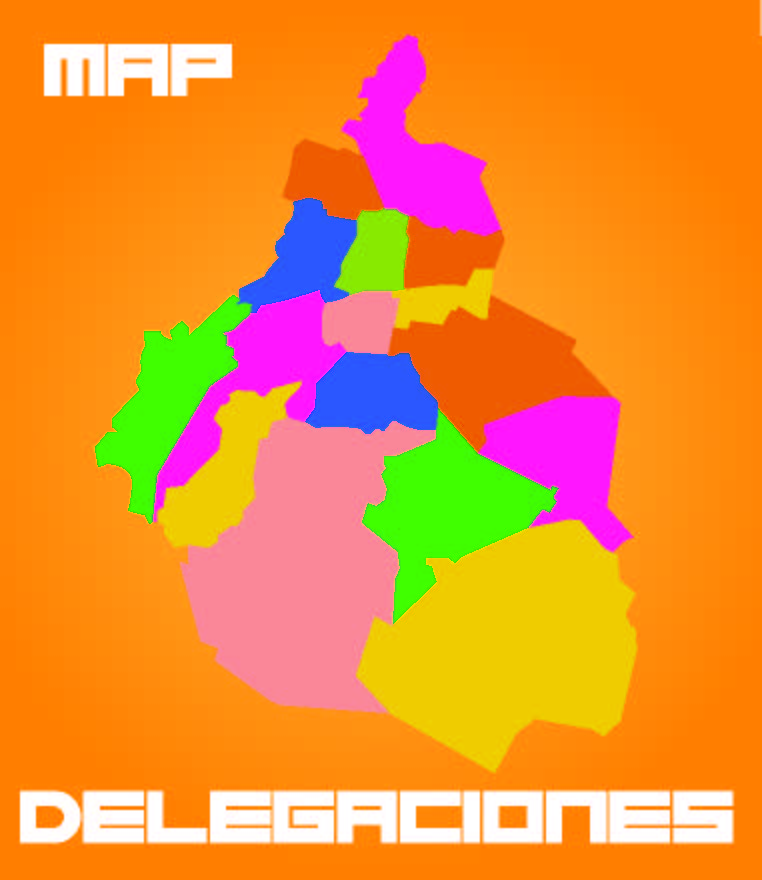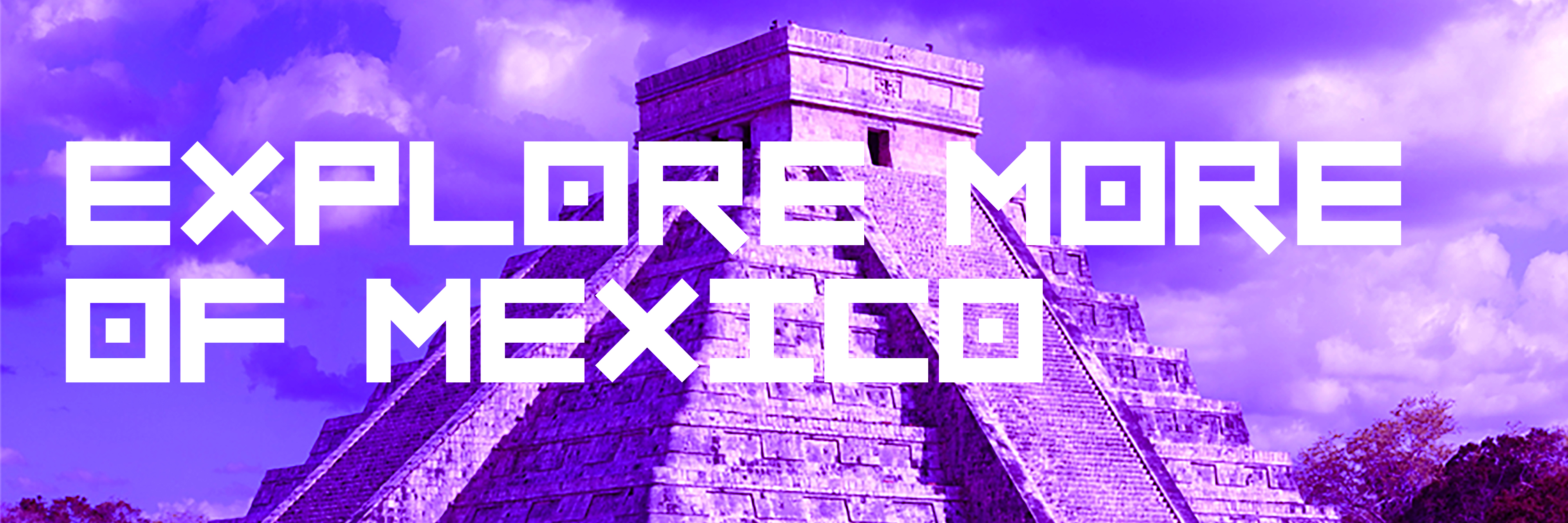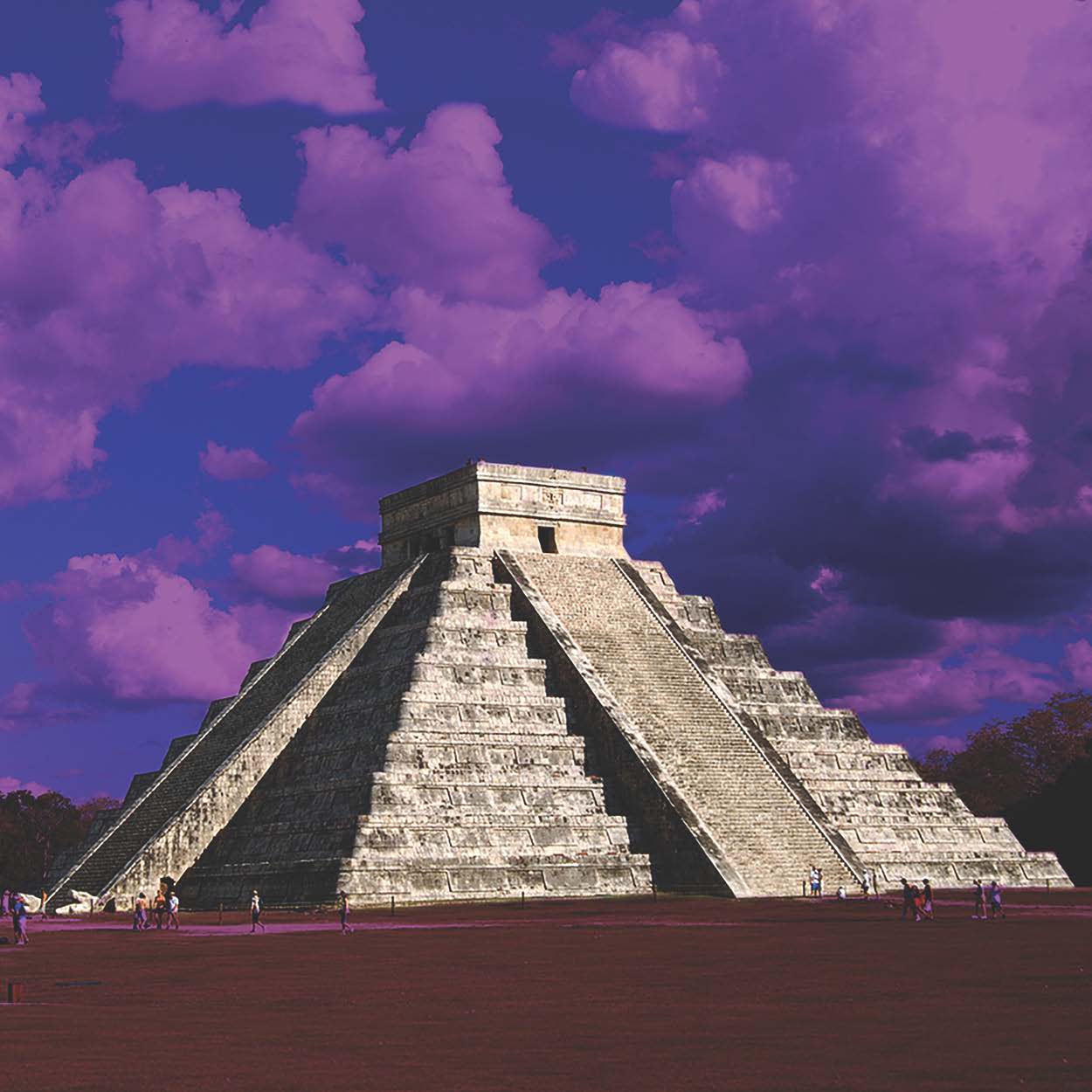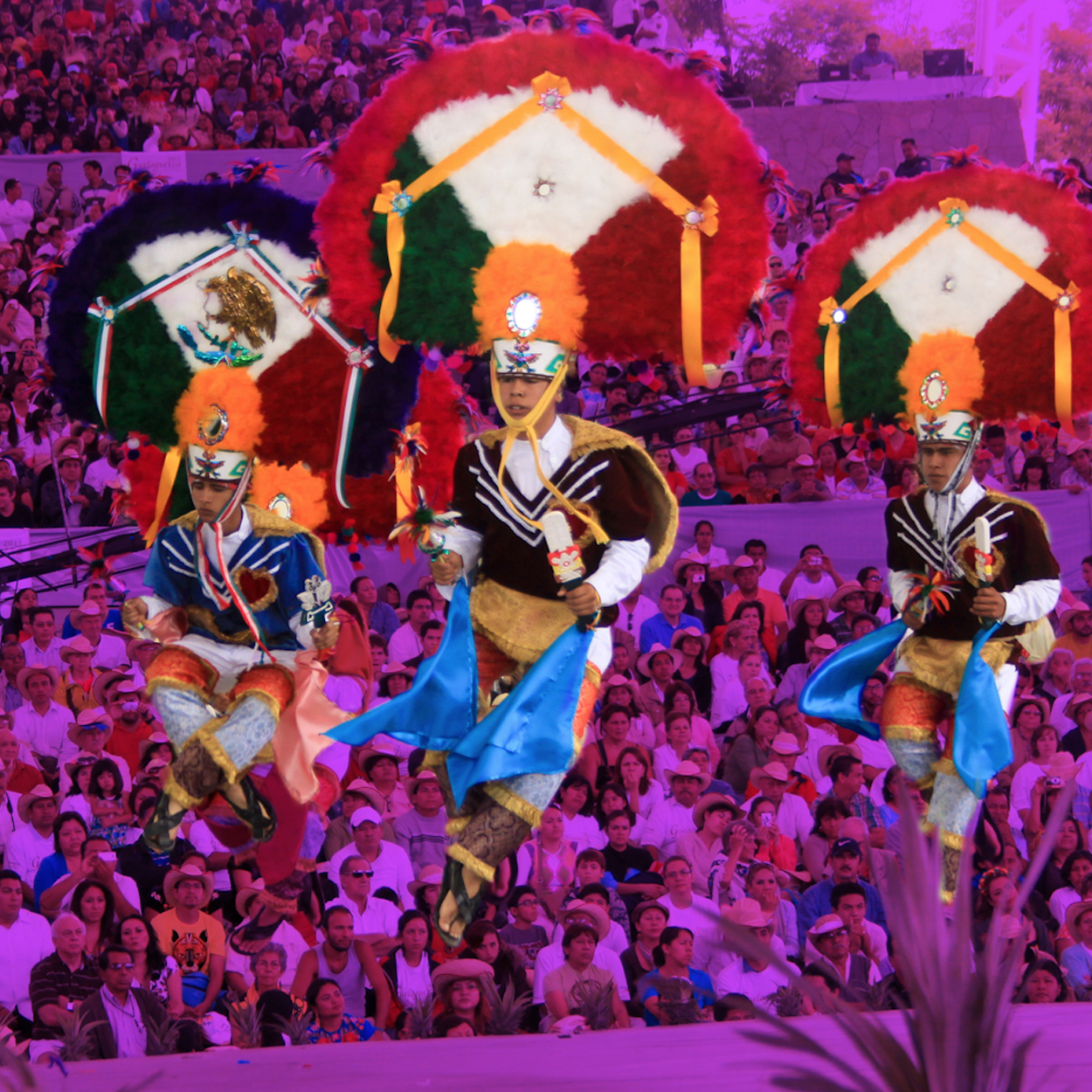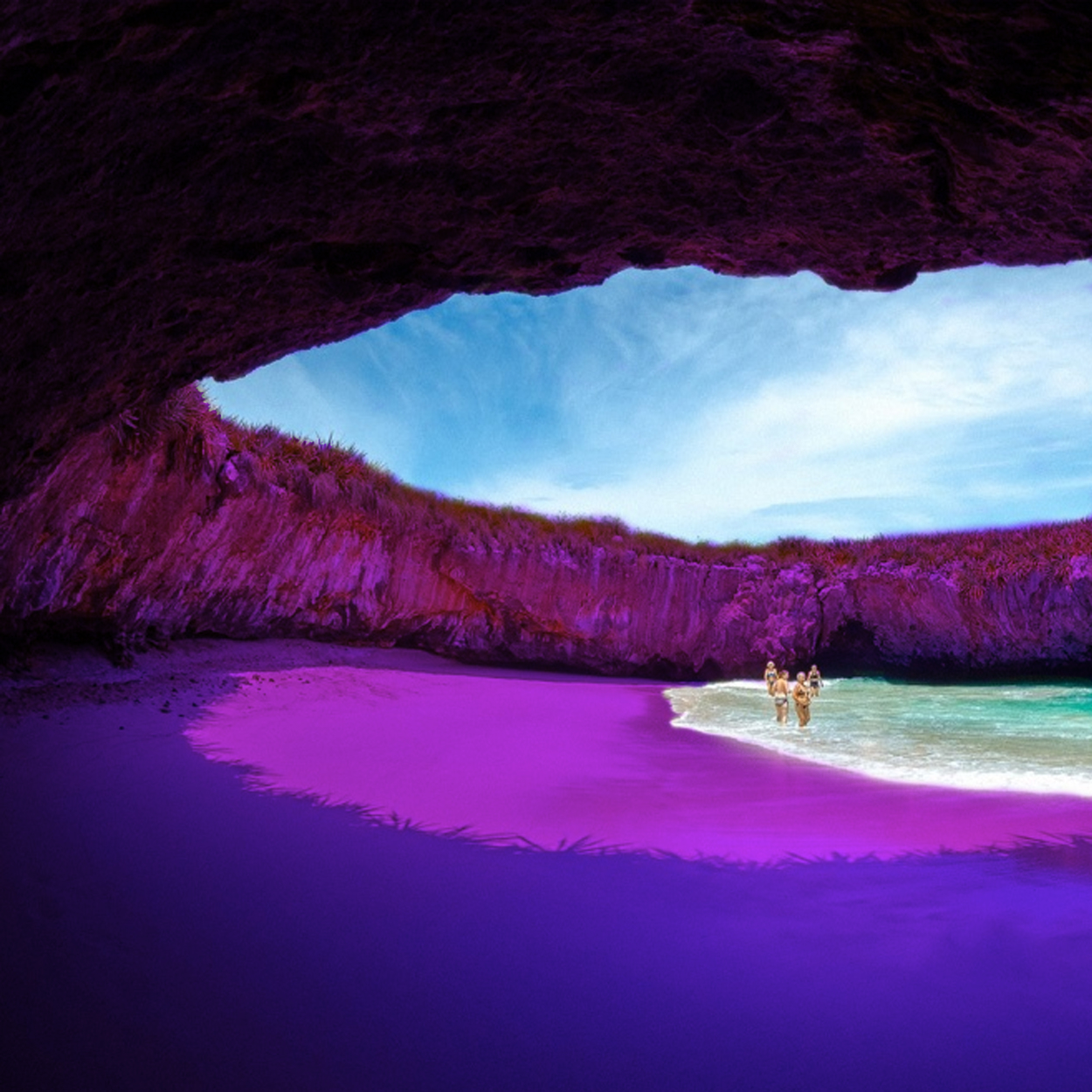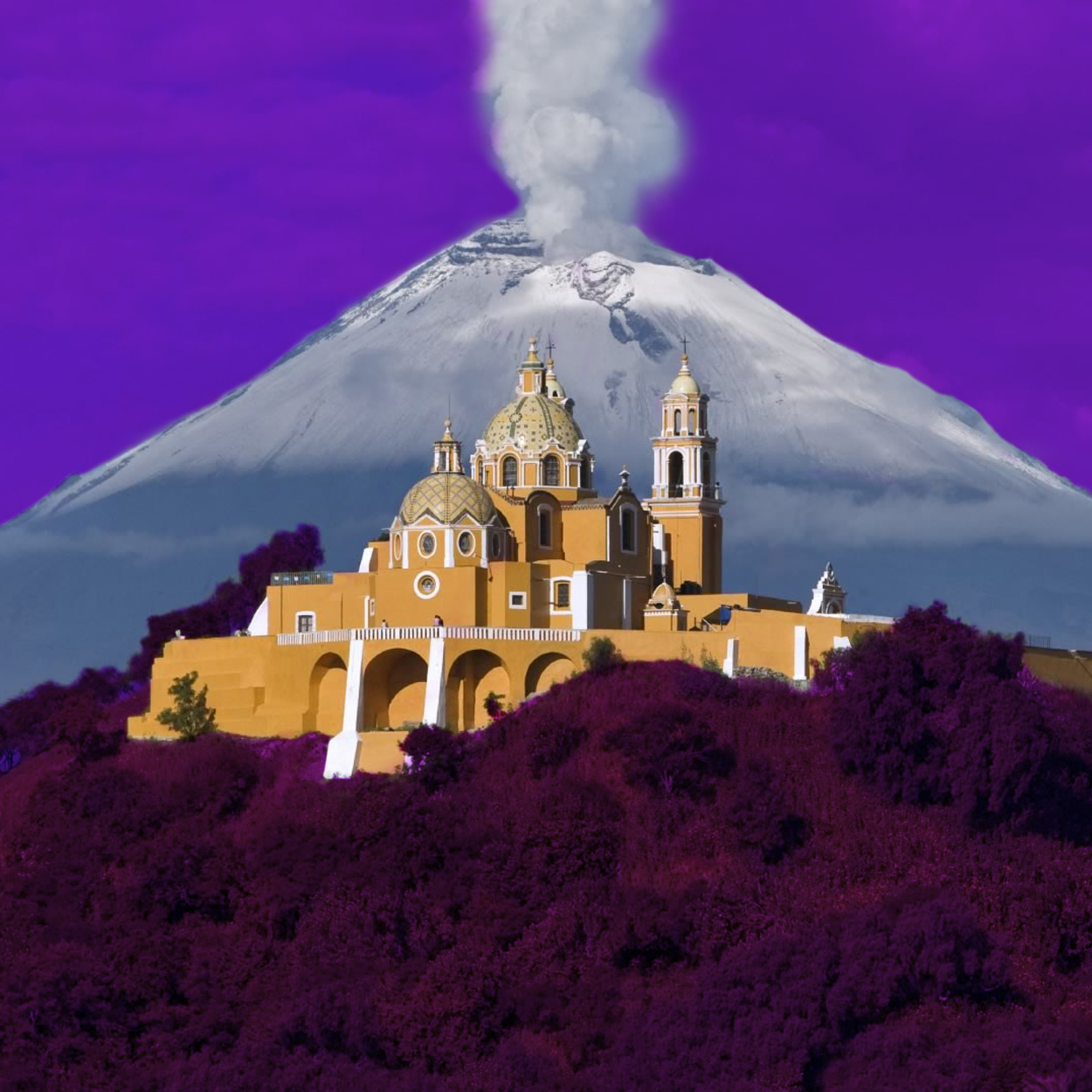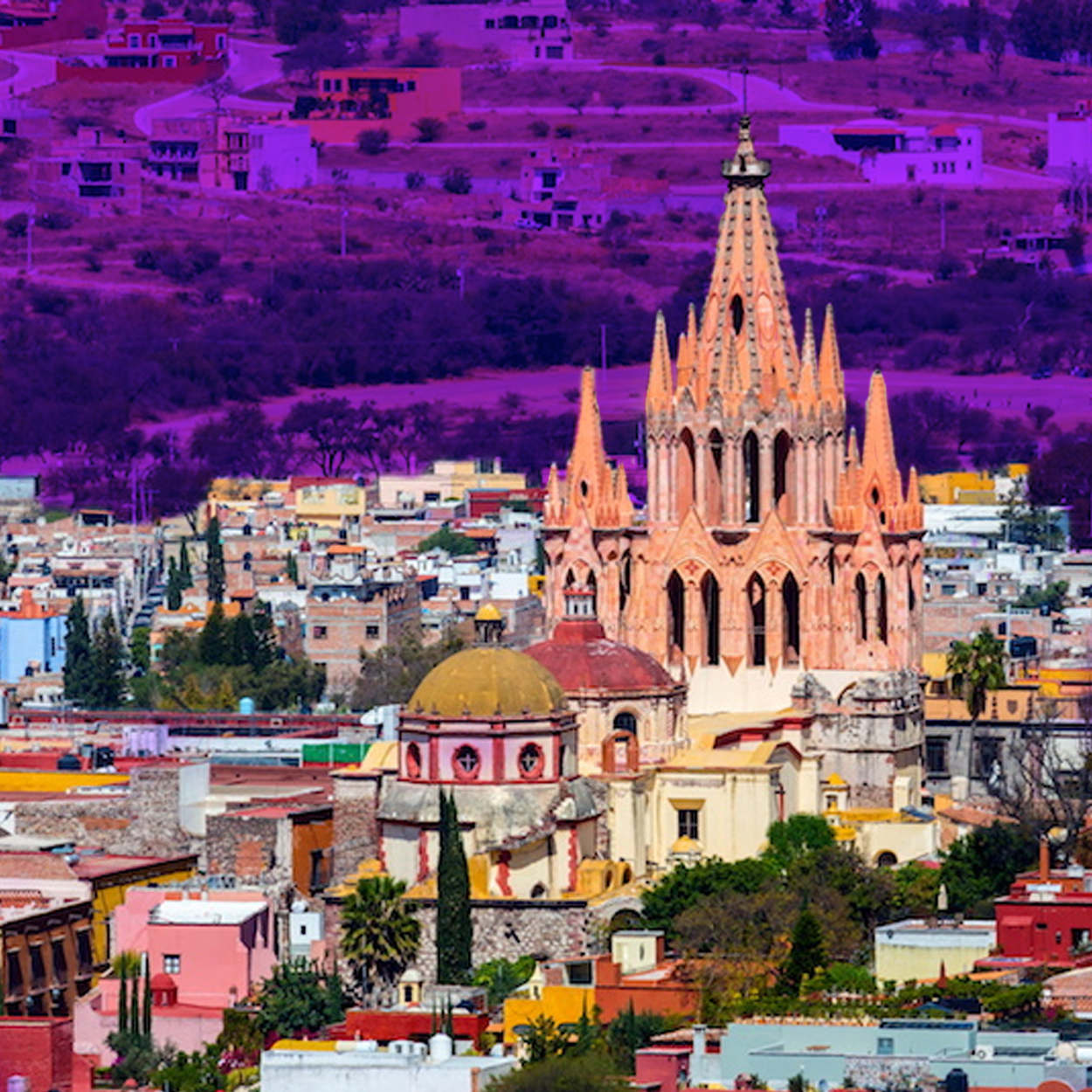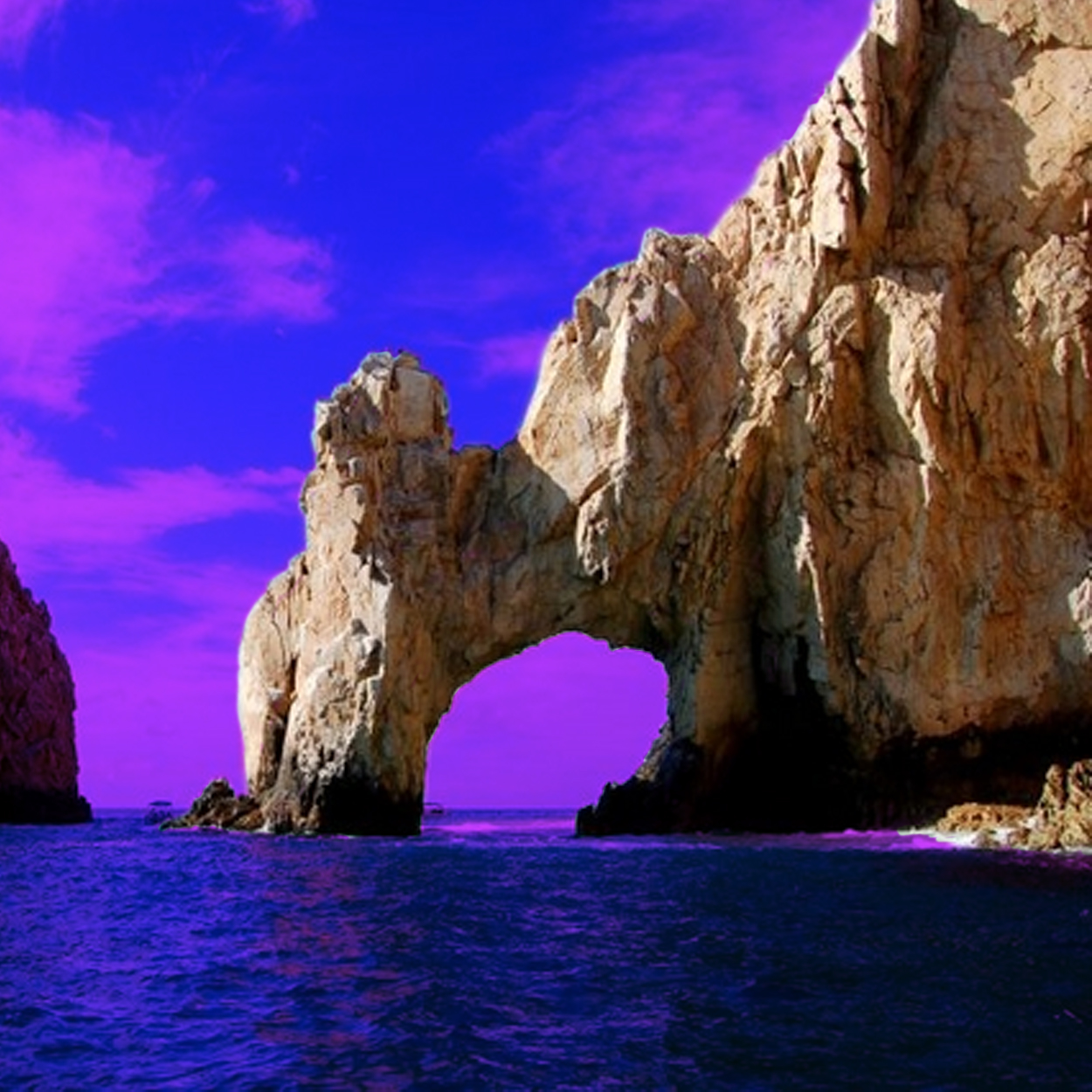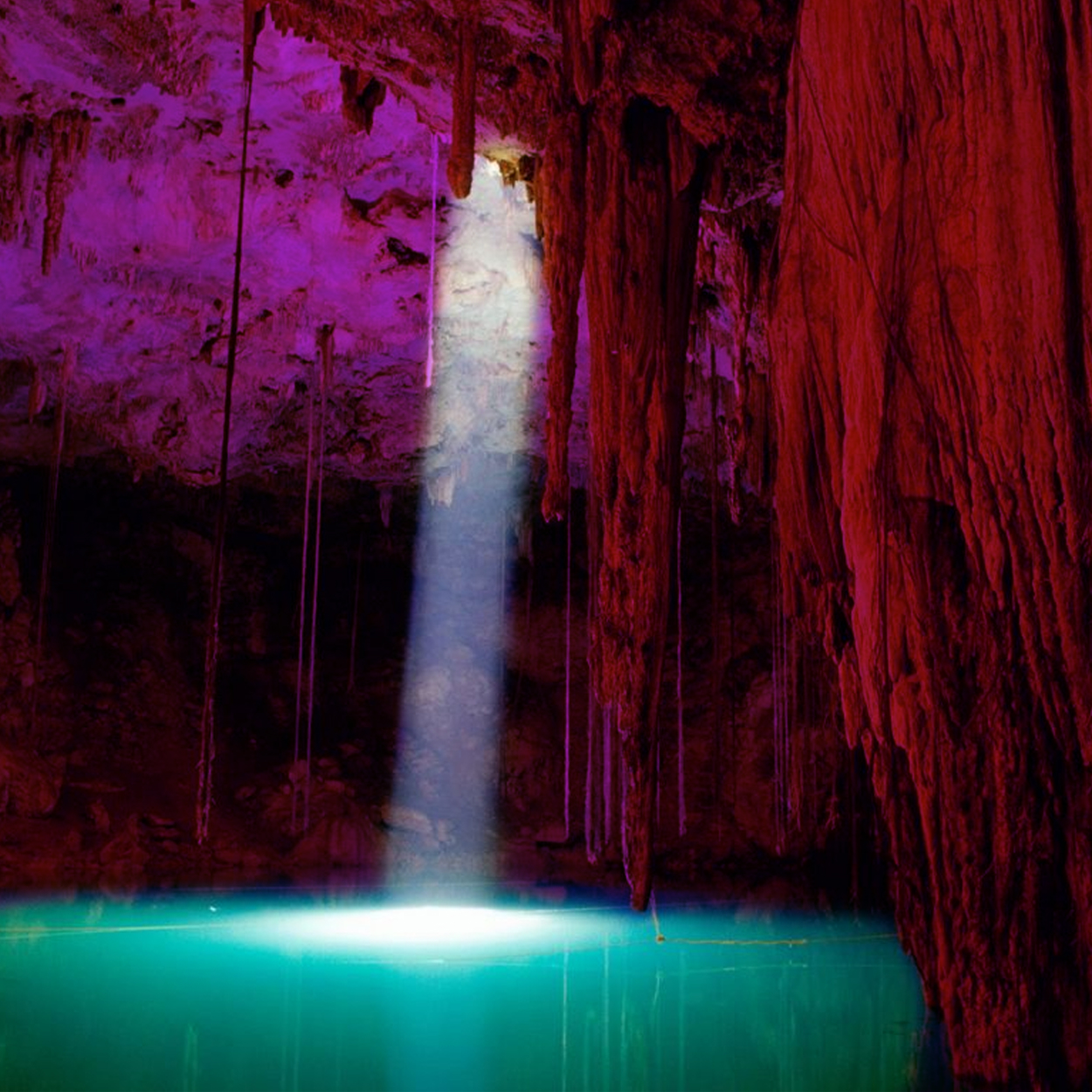

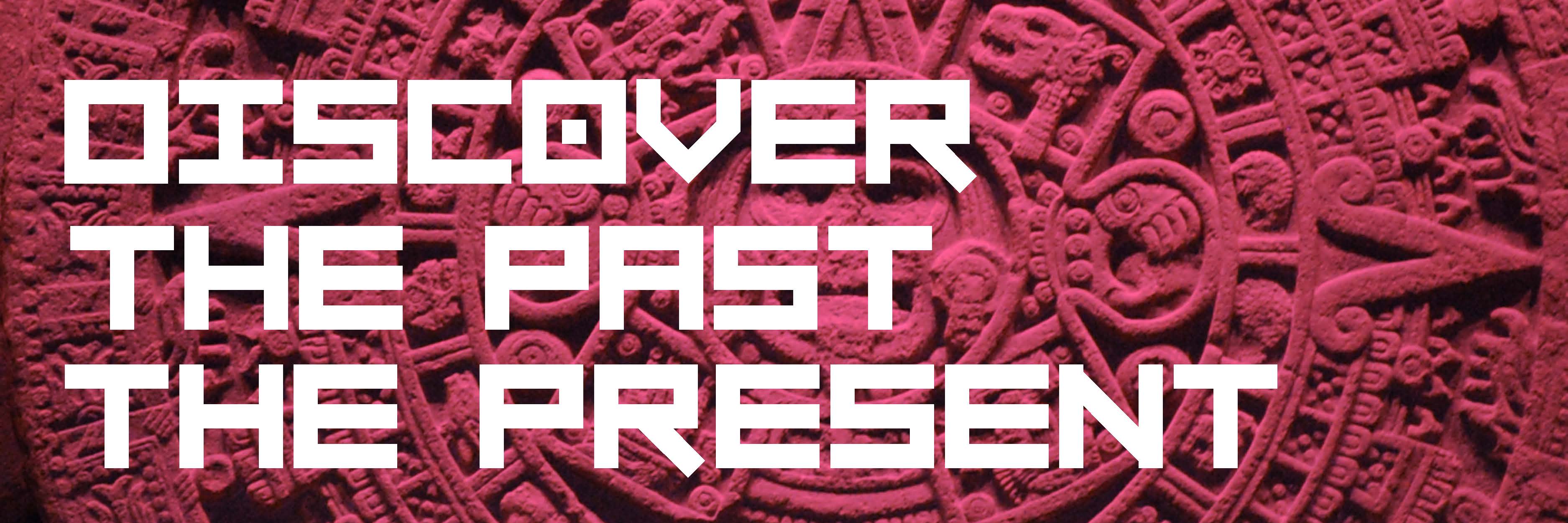
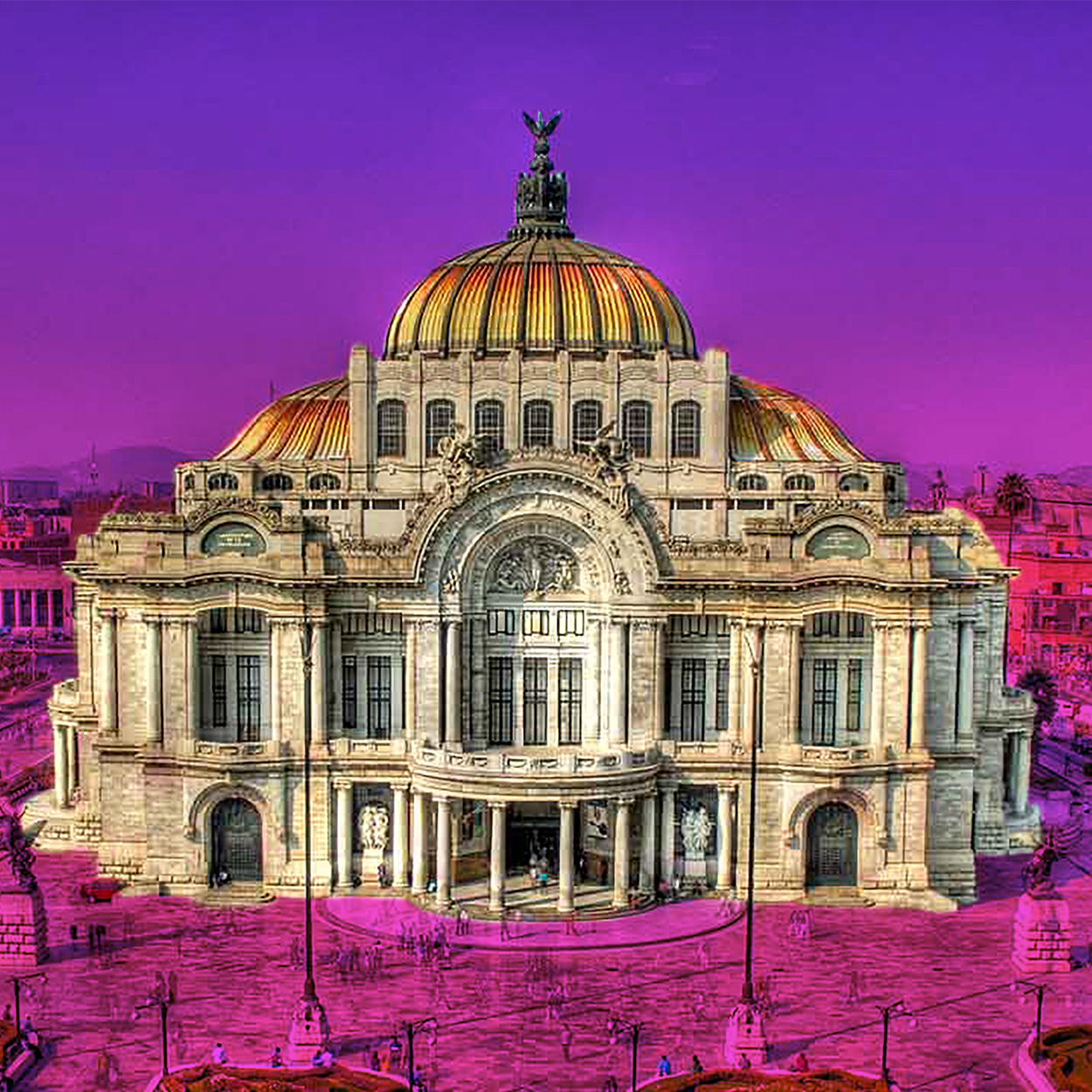
Palacio De Bellas Artes
The Palacio de Bellas Artes (Palace of Fine Arts) is a prominent cultural center located in Mexico city. It has hosted notable events in music, dance, theatre, opera and literature and has held important exhibitions of painting, sculpture and photography. It is also known as the "Cathedral of Art in Mexico". The building is located on the western side of the historic center of Mexico City, next to the Alameda Central park. It has also hosted the Ballet Folklorico de Mexico here before! The palace has a mixture of a number of architectural styles; however, it is principally Art Nouveau and Art Deco. Art Nouveau dominates the exterior, which was done by Adamo Boari, and the inside is dominated by Art Deco, which was completed by Federico Mariscal.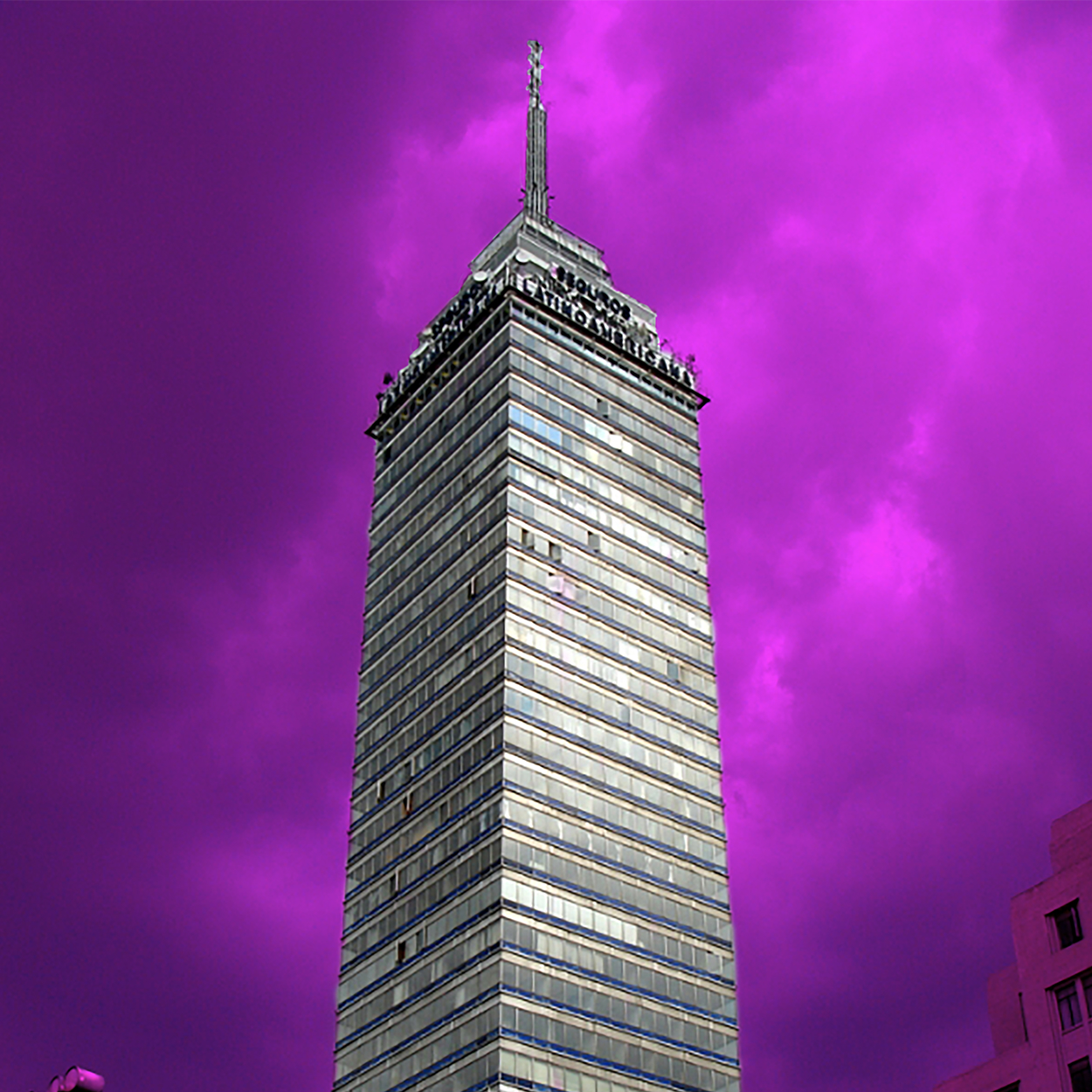
Torre latino Americana
The Torre Latino-Americana (Latin-American Tower) is a skyscraper found in downtown Mexico City. Its central location, and history make it one of the city's most important landmarks. It is also recognized as an engineering and architectural landmark since it was the world's first major skyscraper successfully built on highly active seismic land. It was able to withstand all damage dealt from the 1985 Mexico City earthquake! It was originally the tallest skyscraper located there back in 1956, however a new building took 1 st place at its completion in 1984, The"Torre Ejecutiva Pemex".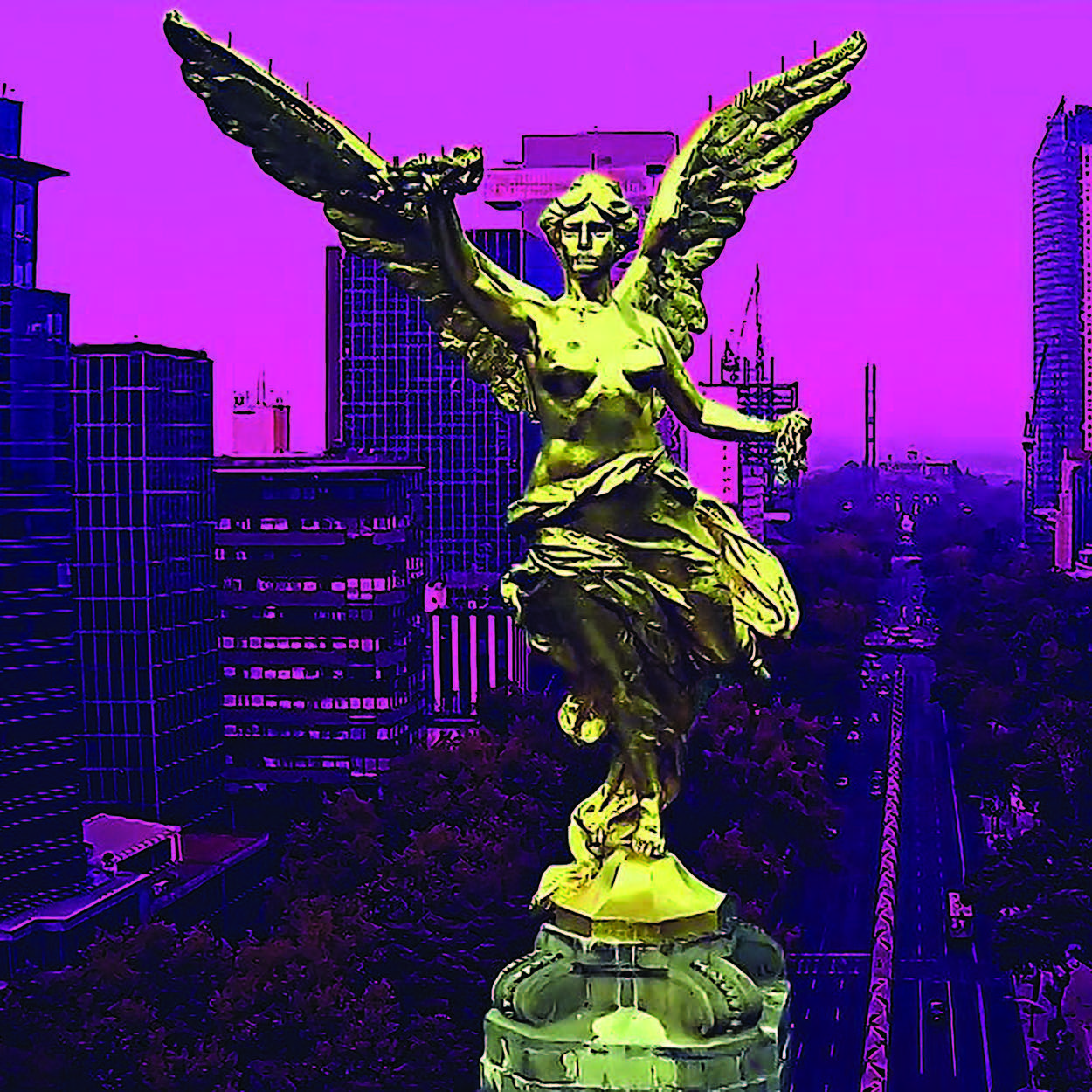
Angel de la independencia
officially known as Monumento a la Independencia ("Monument to Independence"), as a victory column on a roundabout on the major thoroughfare of Paseo de la Reforma in downtown Mexico City.It was made to commemorate the beginning of Mexico's War of independence, back in 1910 was when it was constructed. It even correlates with other victory statues located in other part of the world. It symbolizes Law, War, Justice, and Peace and inscription on the base of the statues reads- "The nation to the heroes of Independence".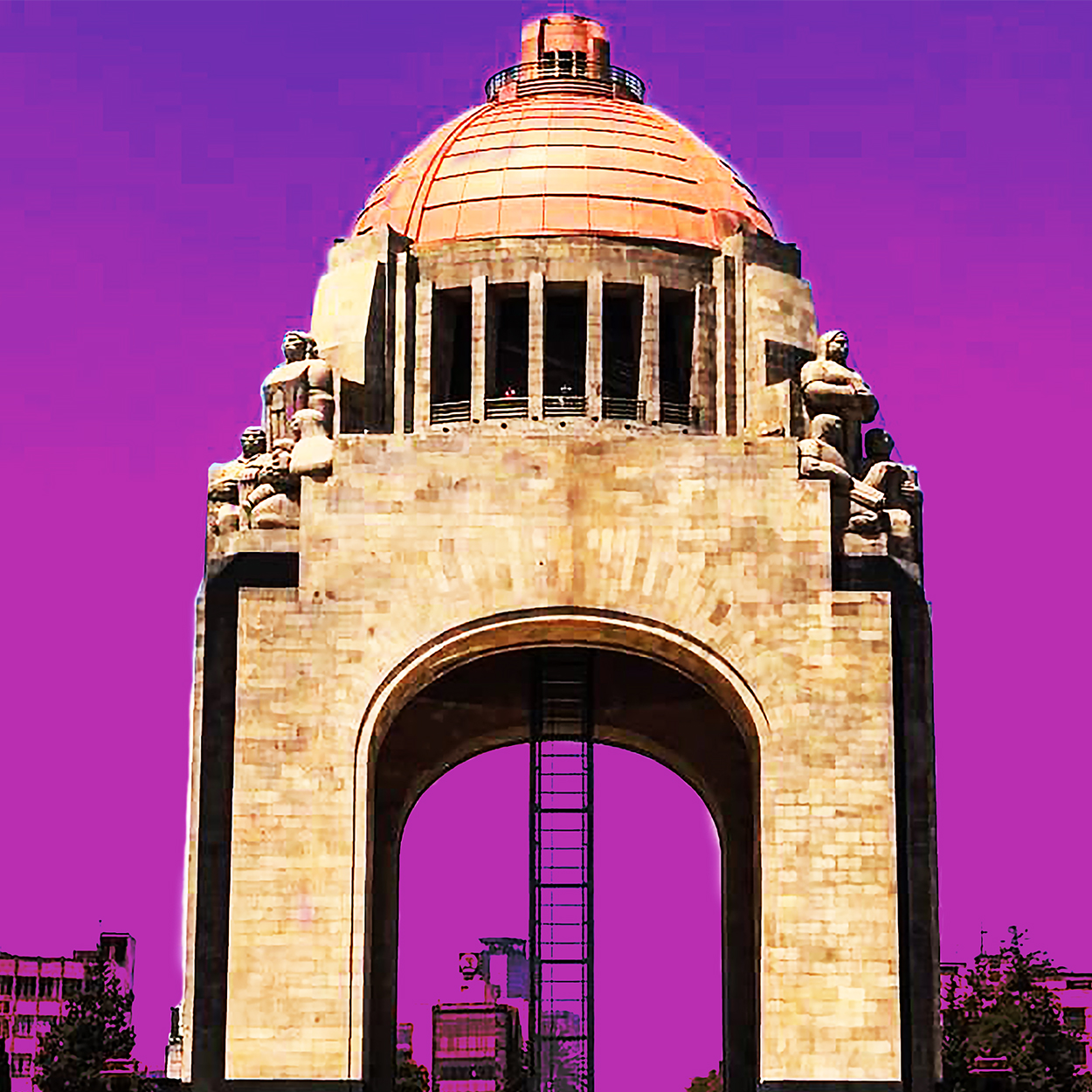
Monumento a la Revolucion
The Monument to the Revolution is a landmark and monument commemorating the Mexican Revolution. It is located in Plaza de la República, crossing the heart of the major thoroughfares Paseo de la Reforma and Avenida de los Insurgentes in Mexico City. It is considered the tallest triumphal arch in the world, it stands at over two-hundred and twenty feet in height. Back in 1897 the project was planned, and it being a public project, there was a competition to design it. Emile Benard a Frenchman was the overall winner, he produced a Neoclassical design reminiscing details of the French renaissance The government allocated over five-million pesos for the project!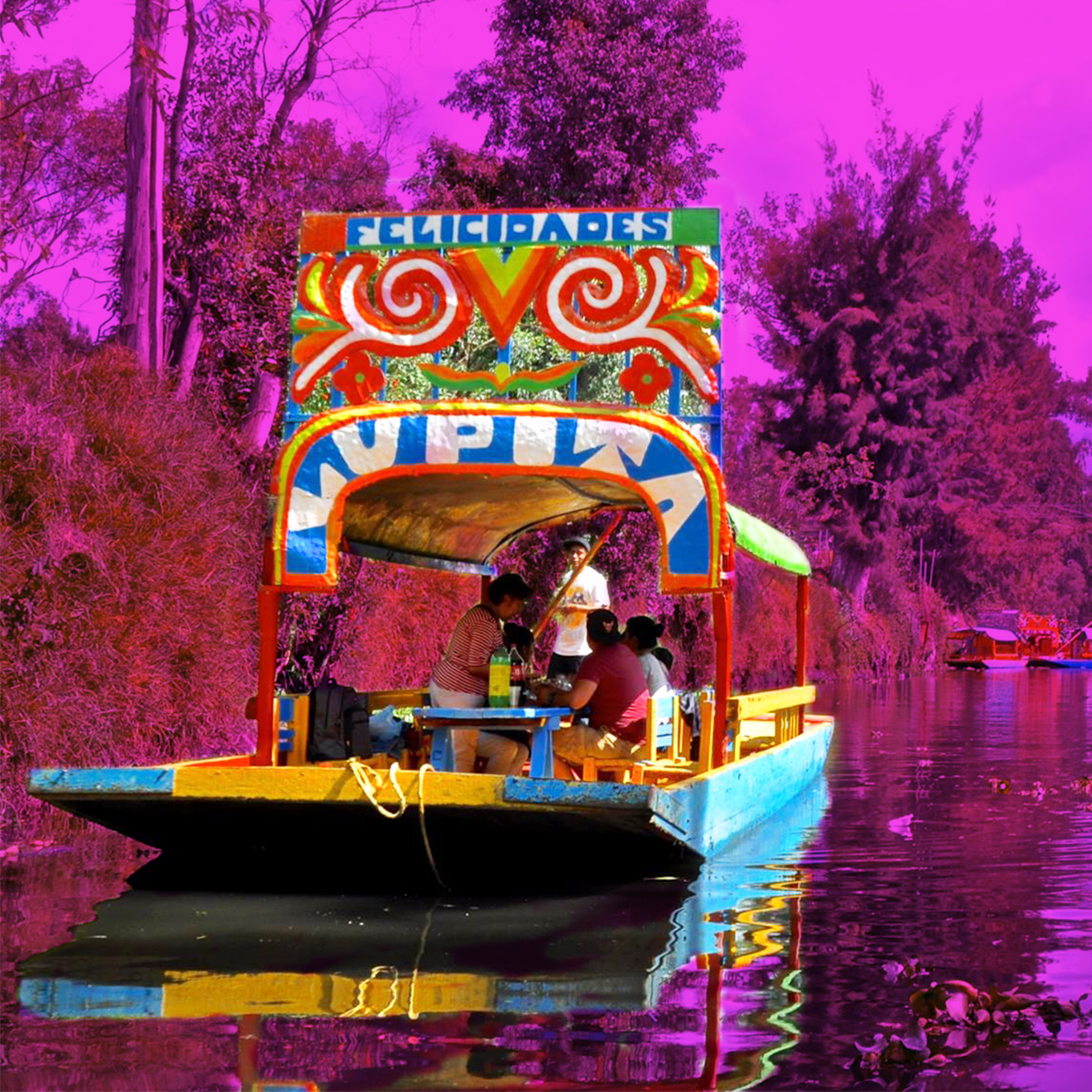
Xochimilco
A place that also happens to be one of the sixteen boroughs within Mexico City. It was established back in 1928 when the Federal Government reorganized the Federal District of Mexico City into these sixteen boroughs. Xochimilco is best known for its canals, left from what was an extensive lake and canal system that connected most of the settlements of the Valley of Mexico. These canals, along with artificial islands called chinampas, attract tourists and other city residents to ride on colorful gondola-like boats called "trajineras" around the one-hundred and ten miles of canals. Thanks to the canals, it has been regarded as a world heritage site. The Xochimilco borough was centered on what was the city of Xochimilco, which had been an independent settlement from the pre-Hispanic period to the 20th century. It's divided into eighteen neighborhoods, forty-five colonias, twenty apartment complexes and over fourteen villages! It's identity fits more closely to being a suburb.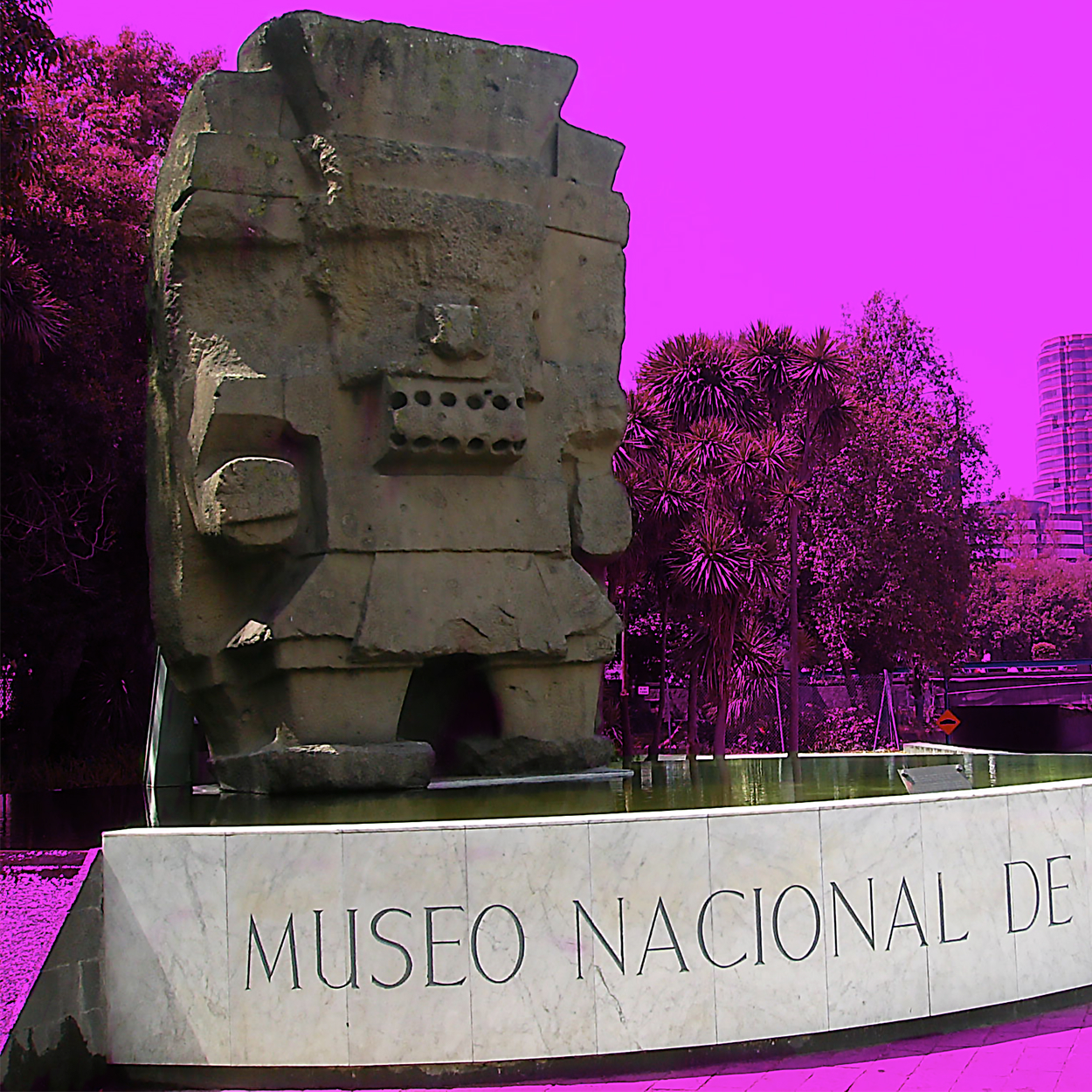
Museo Nacional de Antropologia
Located between Paseo de la Reforma Mahatma Gandhi Street within Chapultepec Park you will find the largest and most visited museum in Mexico. It contains artifacts of archaeological and anthropological significance from Mexico's Pre-Columbian heritage. It is considered a "a national treasure and a symbol of identity" from assessments done on the place. The halls are ringed with gardens containing outdoor exhibits, it has twenty-three rooms, with an area of seventy-nine thousand square meters! The permanent exhibitions on the ground floor cover all pre-Columbian civilizations located on the current territory of Mexico as well as in former Mexican territory in what is today the southwestern United States. They are classified as North, West, Mayan, Gulf of Mexico, Oaxaca, Mexico, Toltec, and Teotihuacan. The permanent expositions on the first floor show the culture of Native American population of Mexico since the Spanish colonization. The museum also hosts visiting exhibits focusing on the world's variety of cultures and past exhibits have focused on ancient Iran, Greece, China, Egypt, Russia, and Spain.
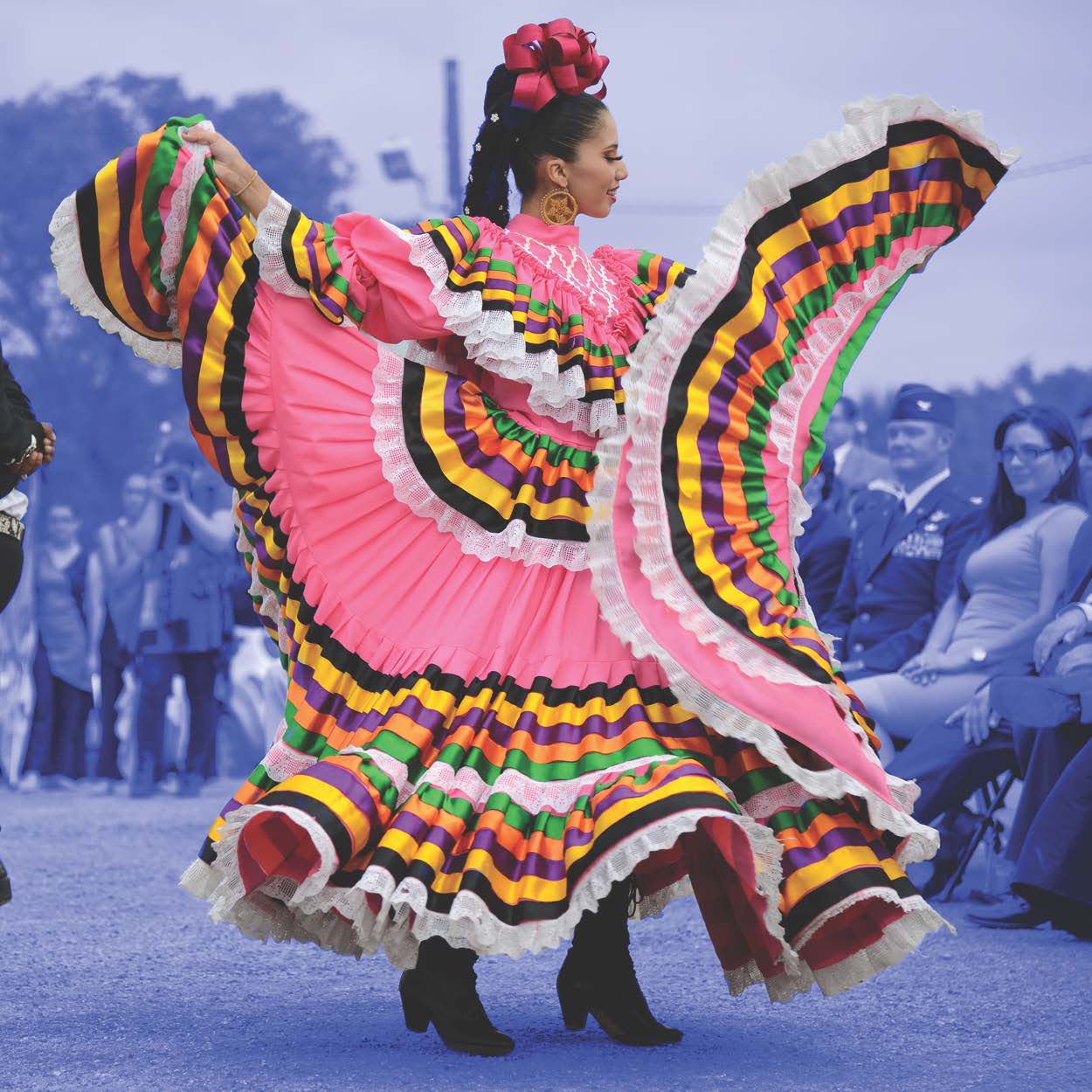
Ballet folklorico at Bellas Artes
With the passion of a former teacher and choreographer, Amalia Herandez brought about the small but now huge dance company of Ballet Folklorico in 1952. It only started with eight members, but thanks to the TV program "Funcion de Gala" the group was able to remain in force all these years. A project promoted none other, than the president of Televisa Mexico itself). Amalia was able to perform over sixty-seven programs with the team becoming twenty dancers; The company attracted the Department of Tourism, and with that they visited different countries and regions of the continent.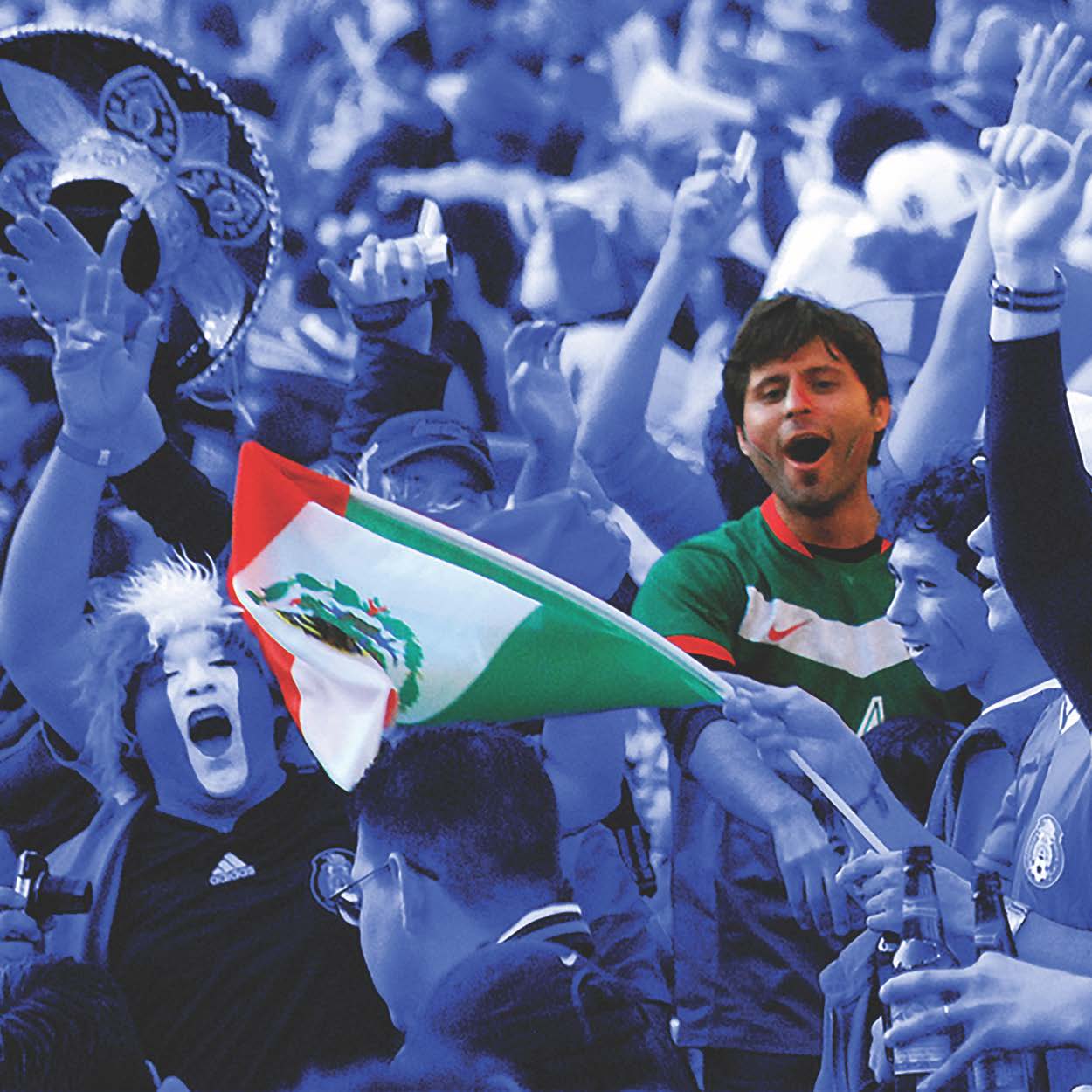
Futbol match at Stadio Azteca
A football stadium located in the suburb of Santa Ursula in Mexico City, Mexico. The stadium has been the official home stadium of the professional Mexican football team Club America since its grand opening back in 1966. It’s also the official national stadium of the Mexico National football team. It is the largest stadium in Mexico, with an official capacity of over 87,000! The stadium sits at an altitude of 7,200 feet above sea level. The stadium broke ground in 1961, with the inaugural match being between Club America and Torino F.C. on 29 May 1966, with a capacity for 107,494 spectators. It is known for hosting two FIFA World Cup Finals, and hosting one of the football summer olympics; this stadium really lives up to its title.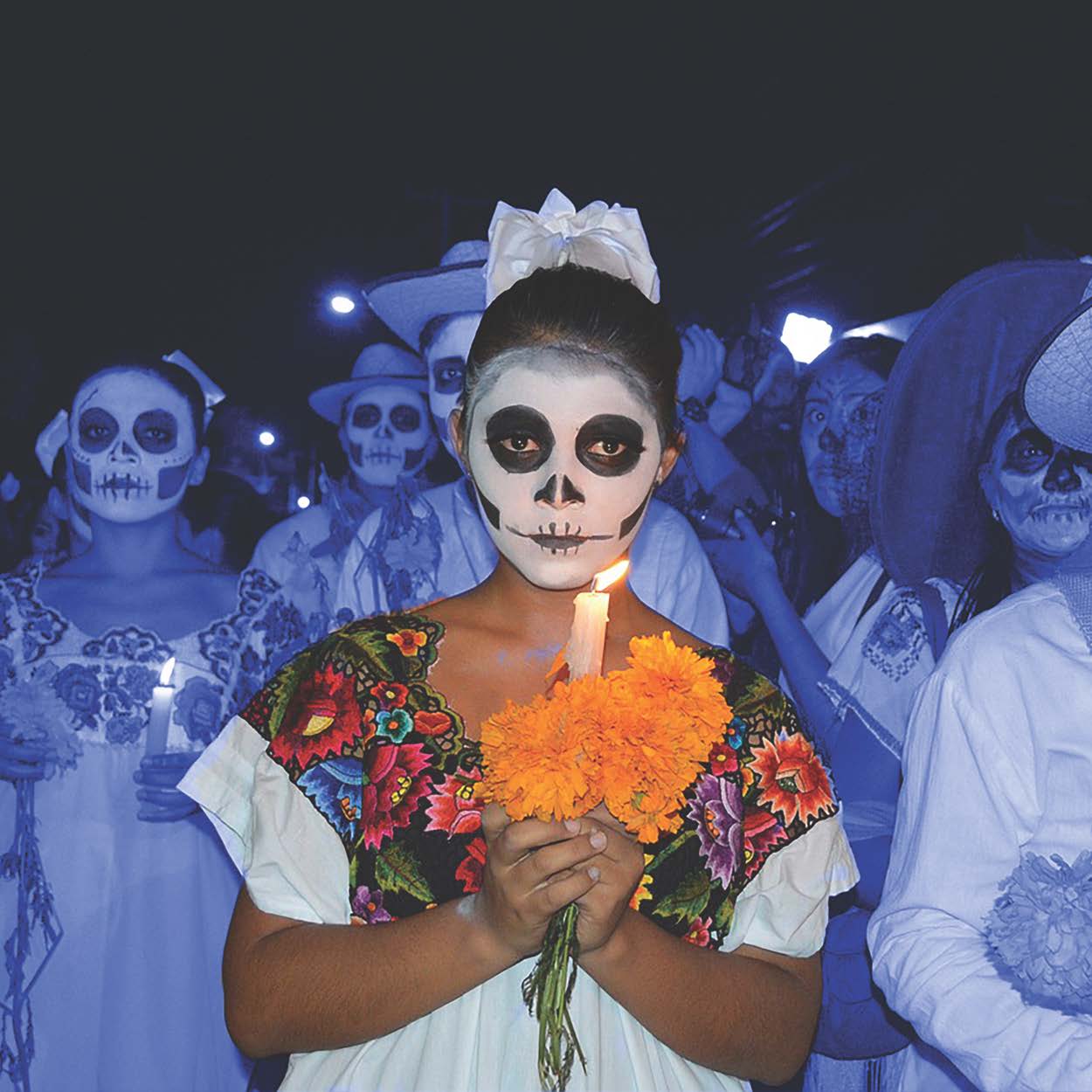
Day of the Dead parade
For nearly all of its history, the day of the dead has always been one of Mexico's most revered holidays, but for a bizarre turn of events, it’s gotten a parade last October. It took place at the Paseo de la Reforma avenue in Mexico City. Its all thanks to the James Bond Movie that aired the previous year back in 2015, the plot was Bond revolving around Mexico City and Rome about a cryptic message. Soon after they decided to make the parade a real event. It is also a controversial event that occurred, mainly because of the significance of the day to not be a day confused with as if it was "Halloween". Many people had mixed feelings for it, it has always been a quiet time to remember loved ones that are no longer with us. They feel it was a "cheap stunt" to hold the parade.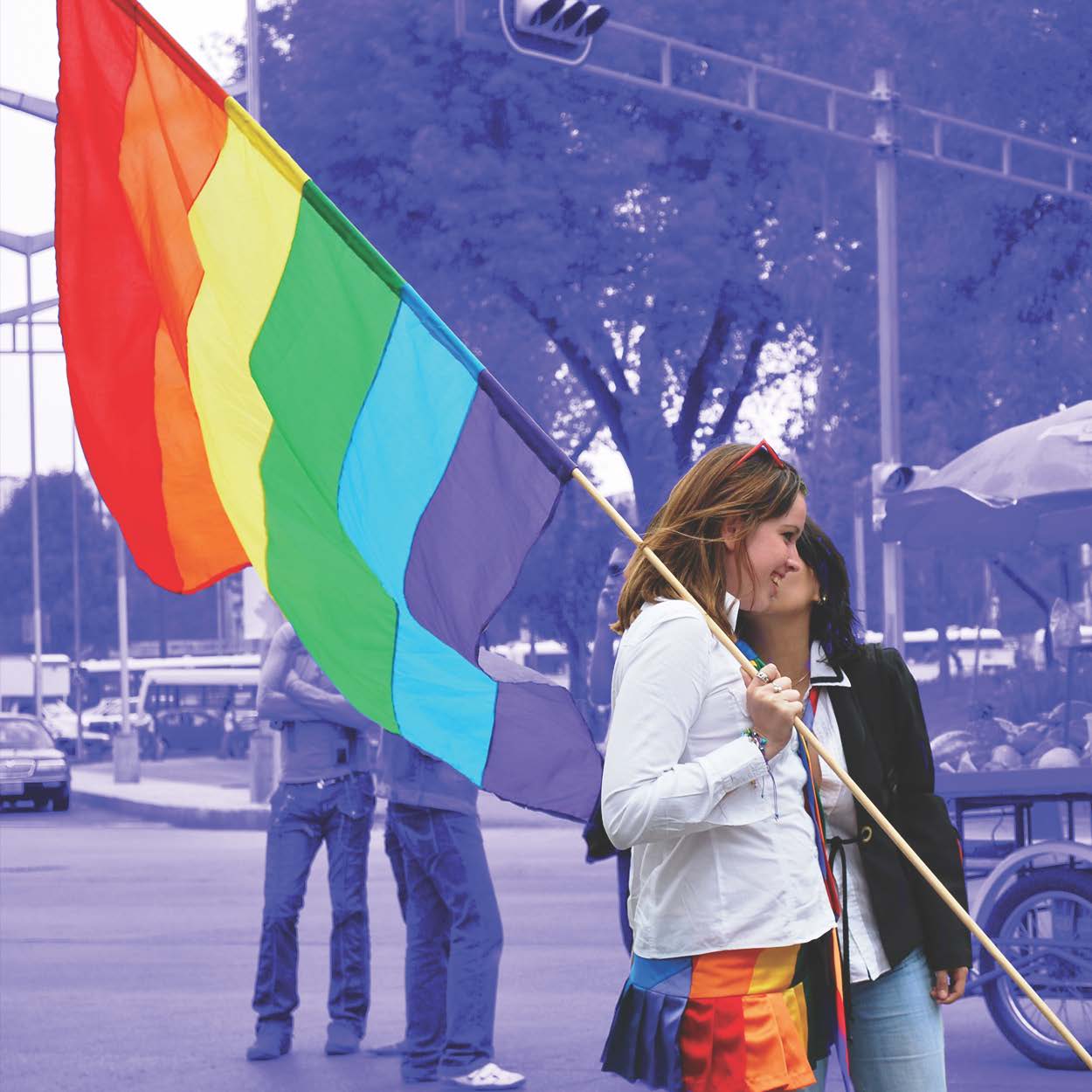
LGBT March
Dating back to the previous year back in September, thousands of people marched opposing and supporting the President's legalization to homosexual marriage. Each side gathered at the Angel of Independence monument. On the opposing side they argued that as religious leaders and a nominally Catholic region, they should not be forced to marry same sex couples and call it "marriage". It would be government imposition against them, they also stated they're not against an individual's sexual identity.. While the supporting side argued that just because the majority outranks the minority, that’s a violation of rights, and if it was overlooked it could lead to dark times, to "fundamentalism".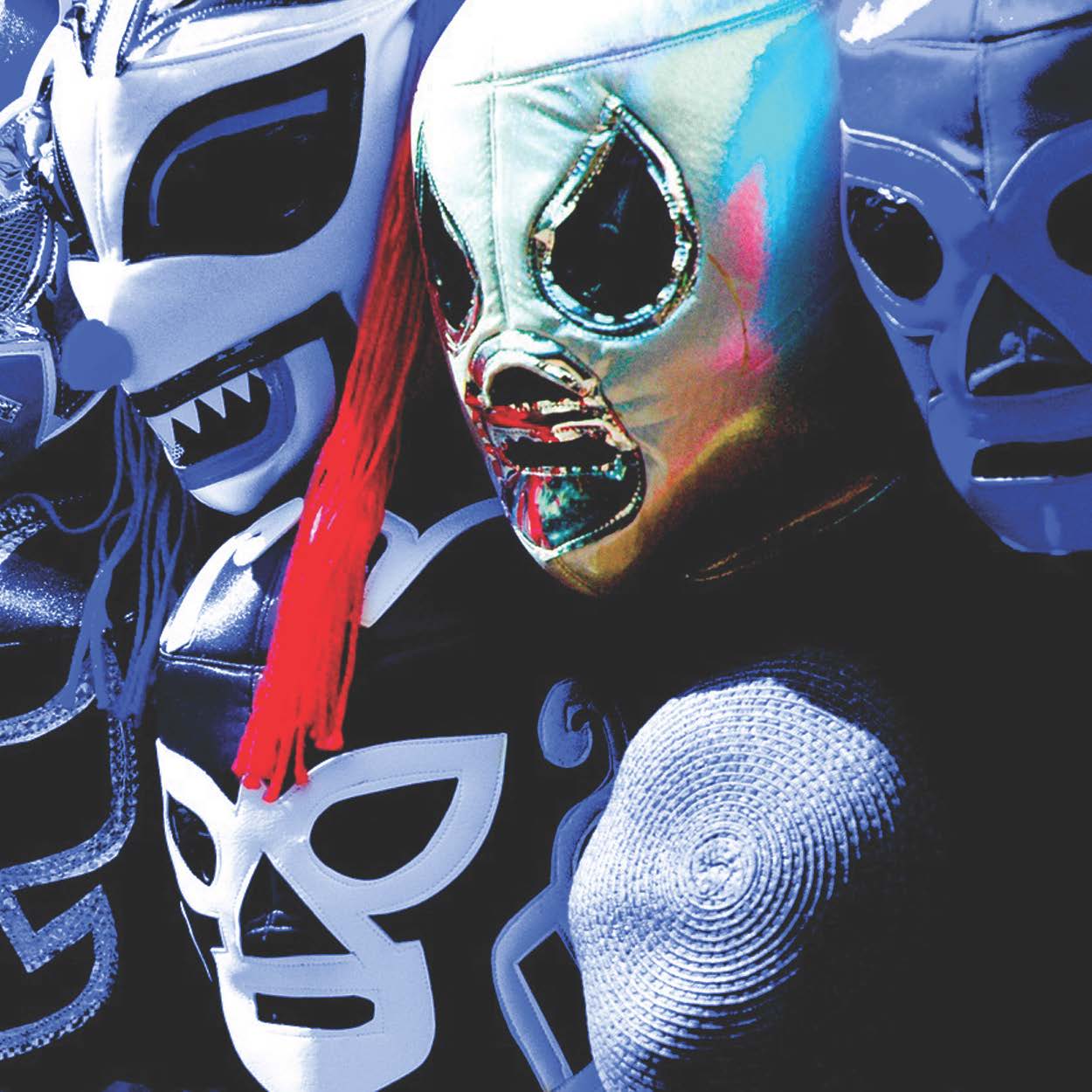
Lucha Libre at Arena Mexico
The one and only place to watch a match is in historic Arena México, the holy temple of Luchadores. A sixteen-thousand seat arena constructed back in 1933 is absolutely the best way to watch a match. Spanish students in Mexico City can take in the culture of this very-Mexican form of entertainment. From small children dressed head to toe as their favorite Luchador, to their abuelitas sitting next to them shouting curses to the bad guys and blowing kisses to the good guys people of all ages can enjoy the event. A typical match on a Friday night will have 4-5 individual fights, consisting of 2-3 rounds each. The popularity and skill of the fighters will increase each round until the final round, or headliner match. Luchadores work in teams of 2 or 3, and of course the good guys versus the bad guys. Lucha Libre is the only sport to rival Mexico's Futbol.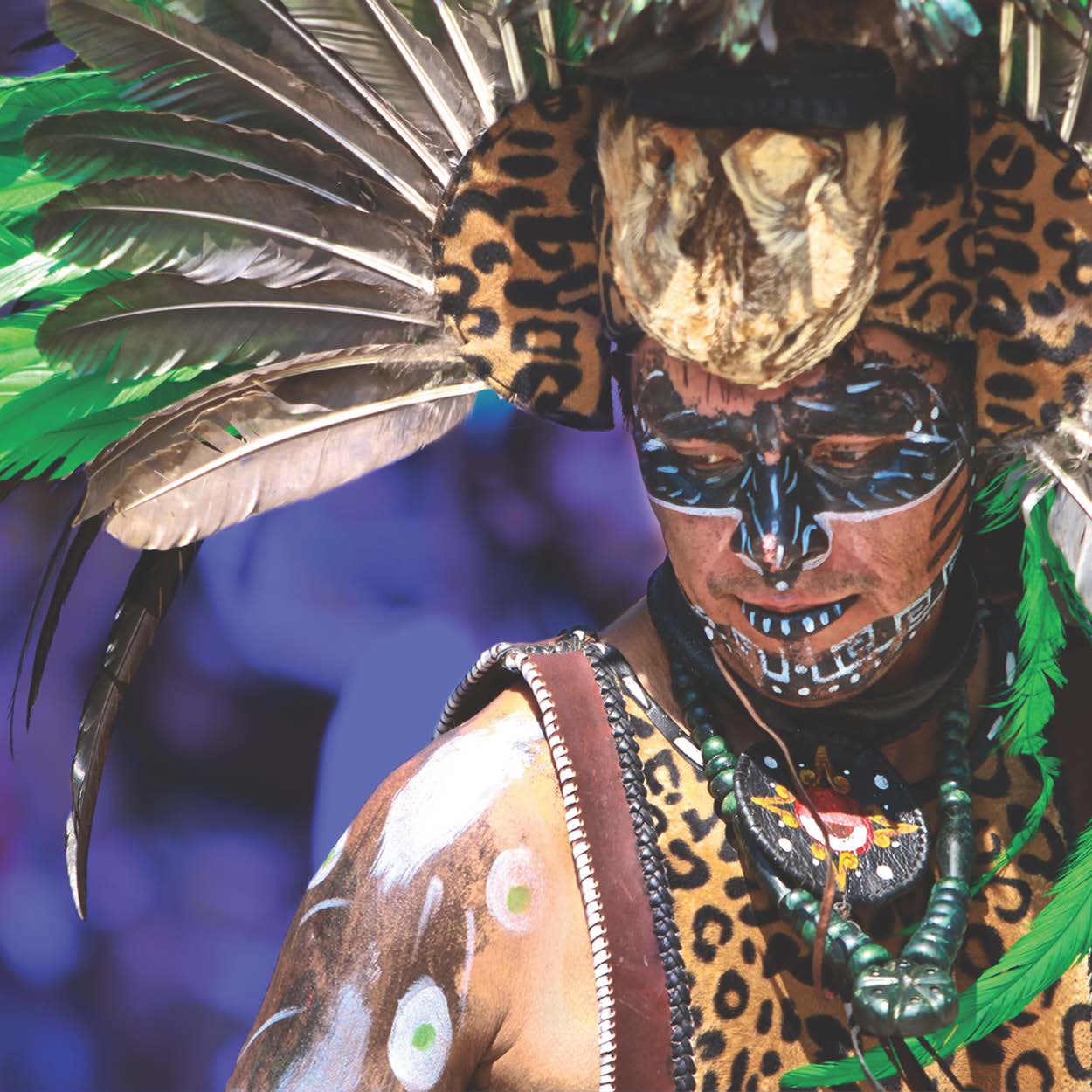
Pre-Hispanic dance
Before the arrival of the Spanish, most of the heritage of this indigenous dance was from Africa and Europe and developed from religious practices. Dance evolved drastically from 1520 to 1750, mostly among low class indigenous, mestizos and Afro Mexican descendants. One of the first adaptations was allowing the indigenous to continue dances with religious aspects but in homage to the Virgin Mary or other Catholic personage.
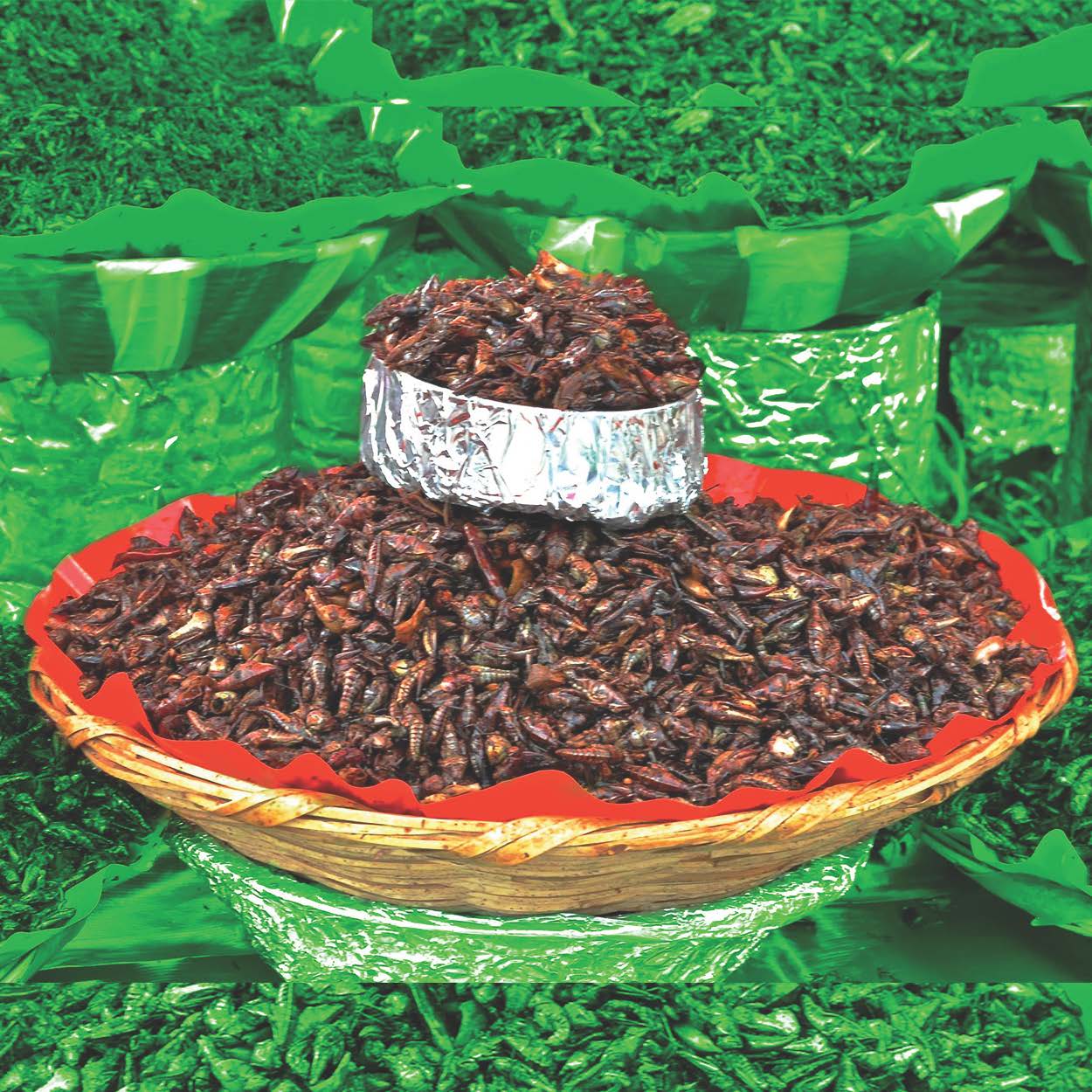
Chapulines
They are collected only at certain times of year (from their hatching in early May through the late summer/early autumn). After being thoroughly cleaned and washed, they are toasted on a comal" (clay cooking surface) with garlic, lime juice and salt containing extract of agave" worms, lending a sour-spicy-salty taste to the finished product. Sometimes the grasshoppers are also toasted with chili, although it can be used to cover up for stale chapulines.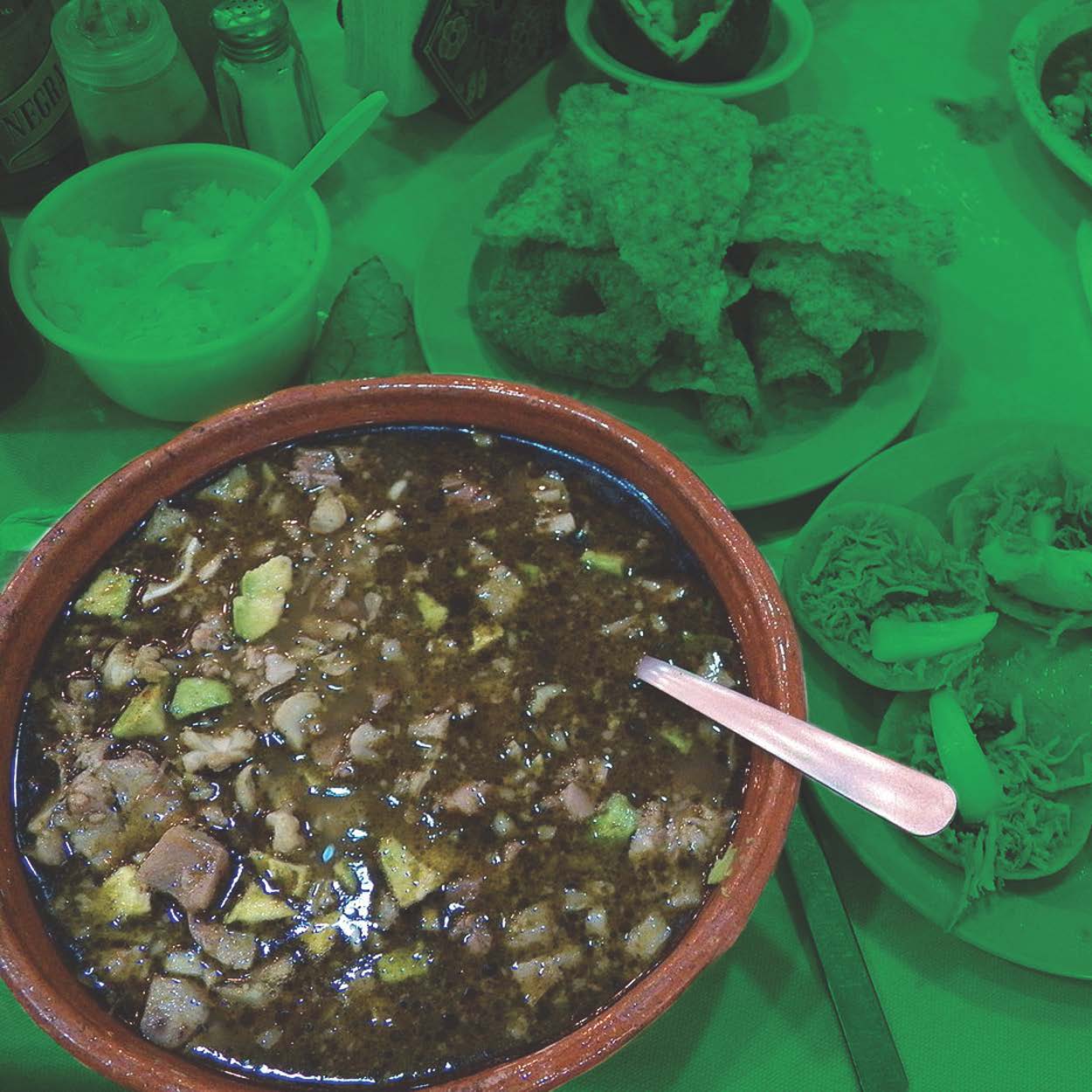
Pozole
A typical dish in various states such as Sinaloa, Michoacán, Guerrero, Jalisco, Morelos, México and Distrito Federal. Pozole is often served in Mexican restaurants worldwide. Made from hominy, with meat, (typically pork) and can be seasoned and garnished with shredded cabbage, chile peppers, onion, garlic, radishes, avocado, salsa and/or limes.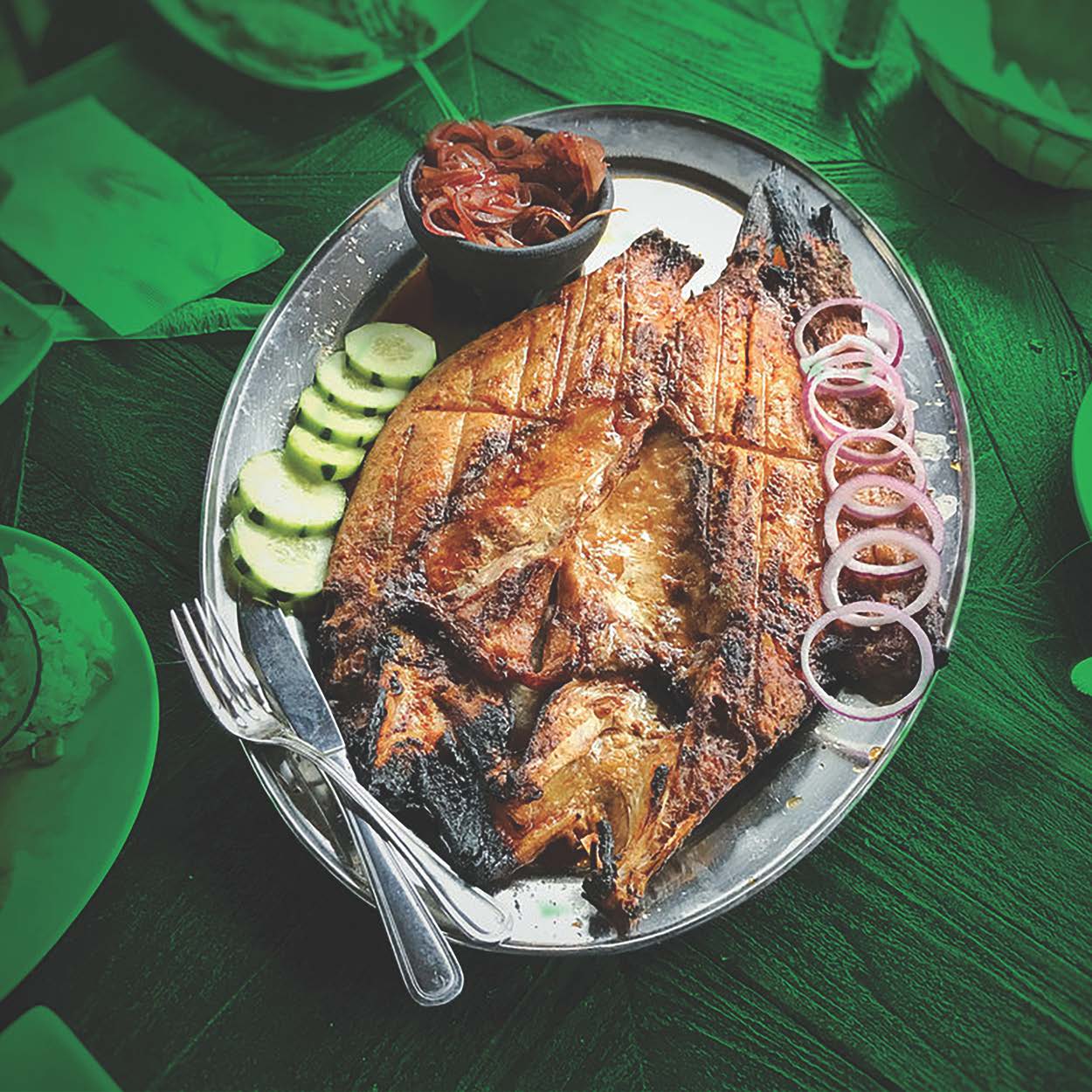
Huachinango
Huachinango a la Veracruzana (Veracruz-Style Red Snapper) is a classic fish dish from Veracruz, Mexico. This dish is a classic example of the cuisine of the southern coastal region of Eastern Mexico. It combines ingredients and cooking methods from Spain, and from pre-colonial Mexico.The use of olives and capers give something of a Mediterranean flavor to the dish, and shows the Spanish influence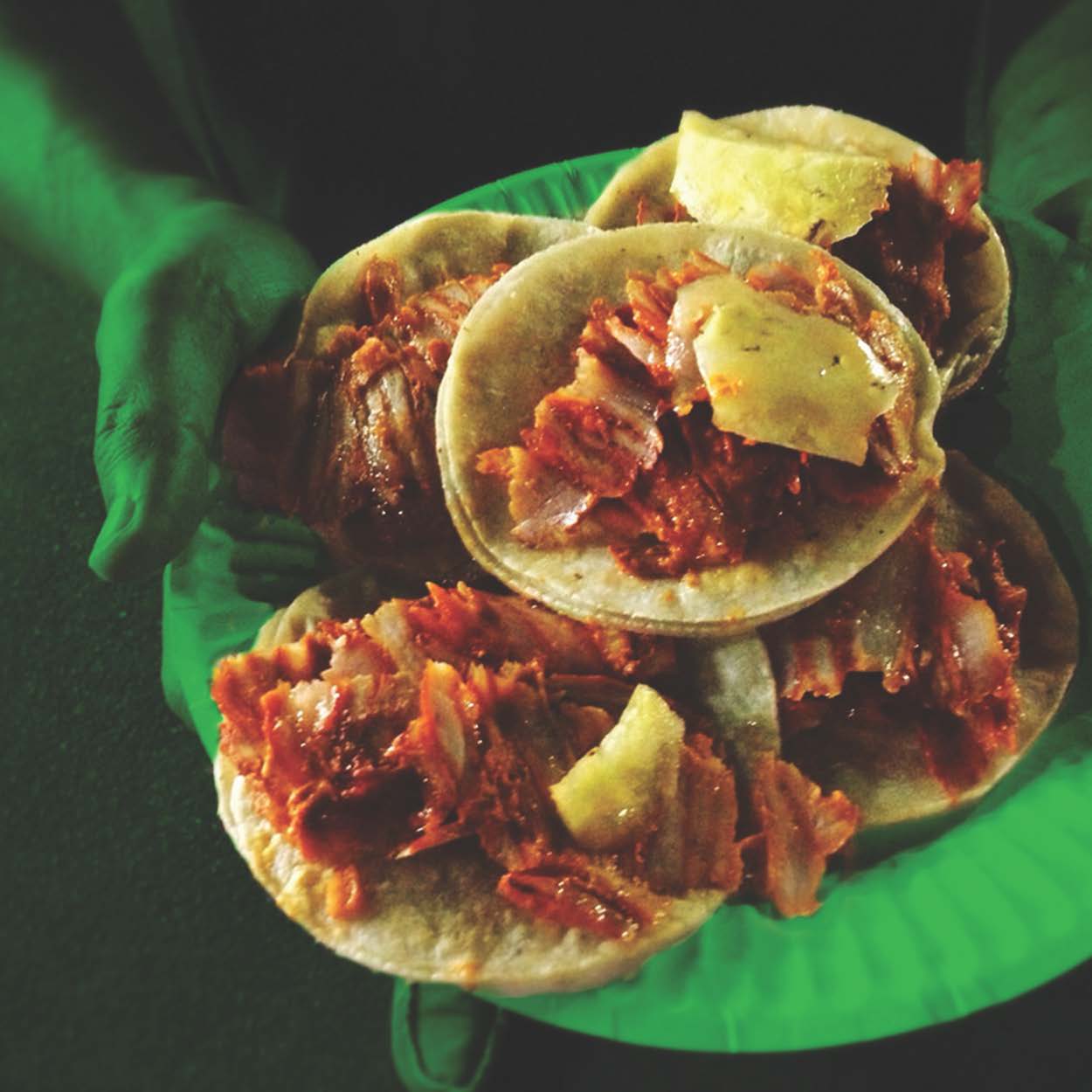
Tacos
Traditional Mexican dish composed of a corn or flour tortilla folded or rolled around a filling. A taco can be made with a variety of fillings allowing for great versatility and variety.A taco is generally eaten without utensils and is often accompanied by garnishes such as salsa, cilantro, tomatoes, onions and lettuce.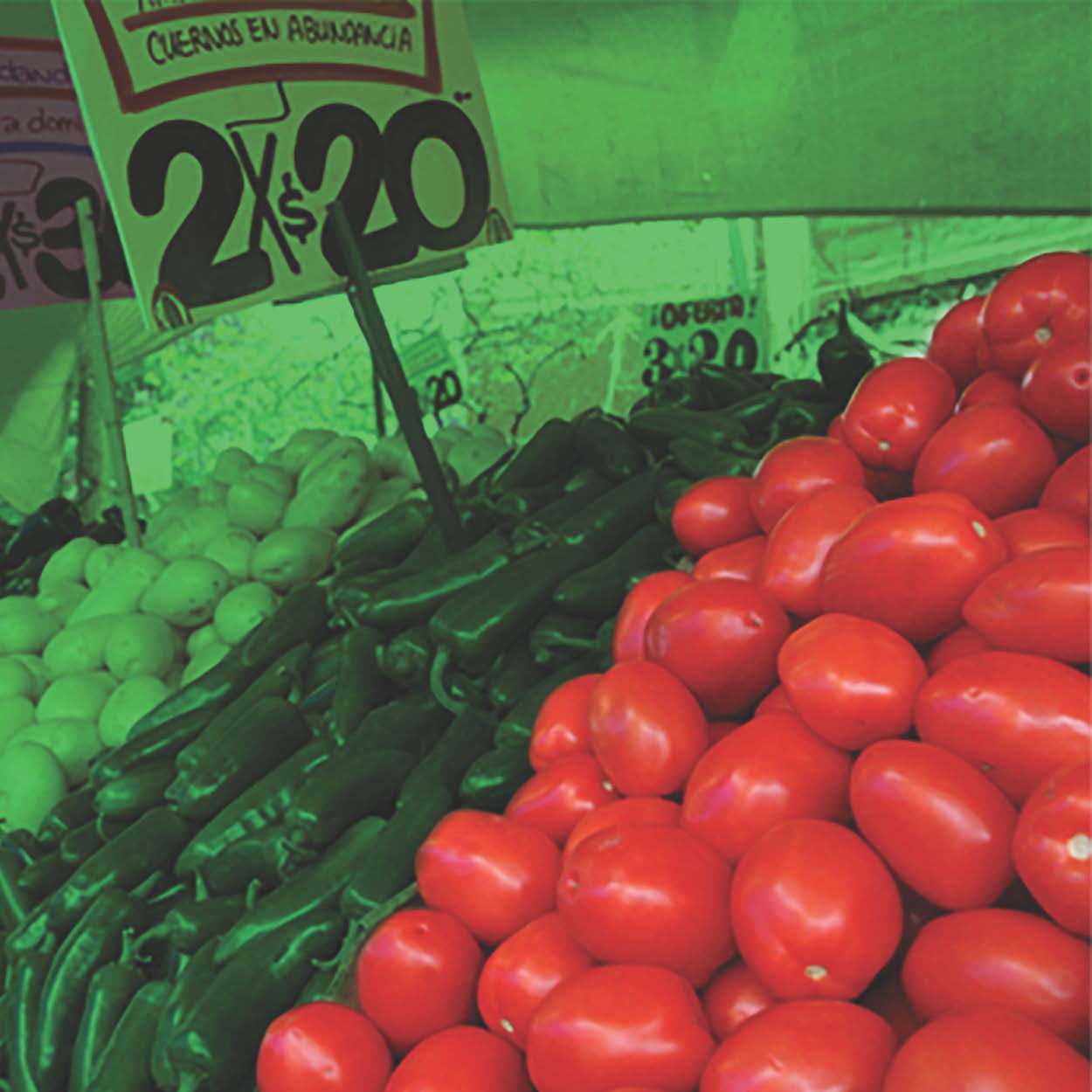
Mercado
The largest most developed, and most numerous amount of fixed markets are located in Mexico City; ranging at over three-hundred. With eighty specializing in different classes in merchandise.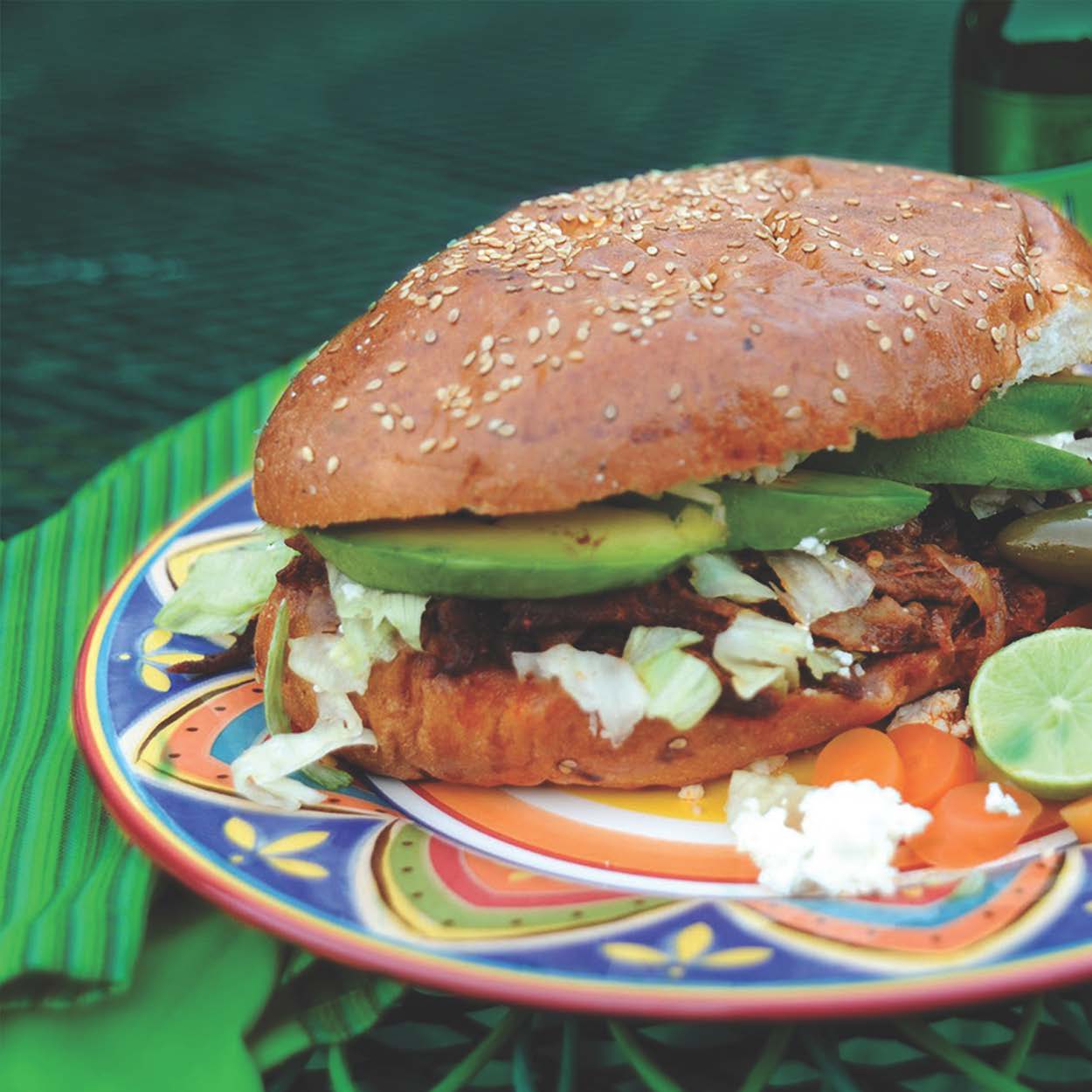
Torta
A Mexican sandwich, served on an oblong 6-8 inch firm, crusty white sandwich roll, called a bolillo, telera or birote. Historically, the difference between torta and bread was its round and flat shape, as well as the absence of yeast in its preparation. The well-known word tortilla, used mainly in Mexico(not in Spain though), means a "small torta", while tortada means "big torta"

